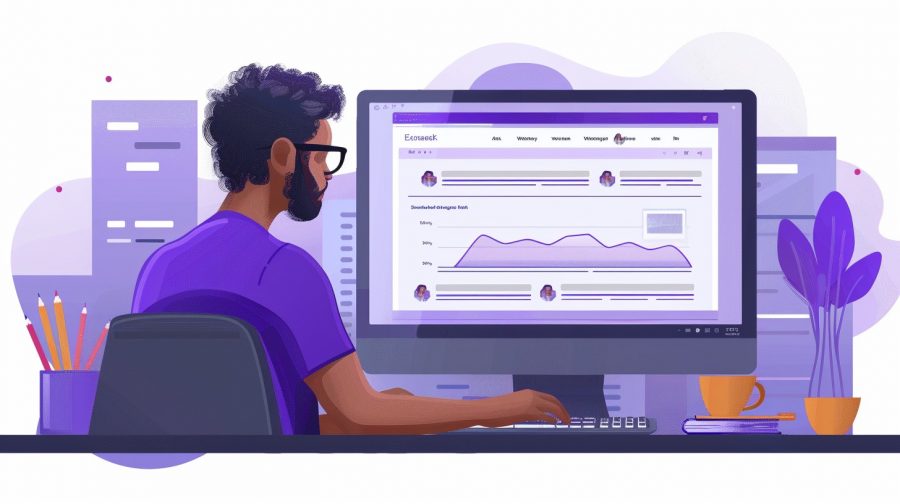Anti-detect browsers primarily enhance privacy and anonymity, but they also cater to various other applications, including market research, data collection, and marketing campaigns. With over 30 options available, selecting the right anti-detect browser can be challenging.
This Complete Guide to Private Browsers explores the key factors to consider when evaluating an anti-detect browser, helping you select a solution that meets both your general and specific requirements. Let’s get started.
Evaluation Criteria for Anti-Detect Browsers
While user needs can differ, there are several core aspects that consistently determine how effective anti-detect browsers are. When checking out these browsers, keep the following key criteria in mind:
Anti-Fingerprinting Technology
Anti-detect browsers are super important for tackling browser fingerprinting, a method websites use to track customers based on various browser traits. These browsers employ advanced techniques to mask these traits, creating unique and unlinkable fingerprints for each session.
Look for features like how detailed the fingerprint control is, allowing users to tweak their profiles, and the power to effortlessly switch between multiple fingerprints. This is especially handy for activities like market research, where users want to gather info discreetly without drawing attention or risking blocks.
Multi-Accounting and Use Case Support
Anti-detect browsers are crucial for handling multiple online identities, which is key for privacy, marketing campaigns, and team collaboration. They let users create and manage several browser profiles, keeping activities compartmentalized and secure. A good solution should offer an easy-to-use interface for profile management, support collaboration, and scale up as your needs grow without slowing down.
User Experience and Ease of Use
While anti-detect browsers are vital for privacy and anonymity, their success really depends on user experience. The best browsers find a sweet spot between a robust quality set and an intuitive interface, making setup and profile management a breeze.
Key things to consider include a straightforward download process, quick profile creation, easy management of multiple profiles, effective collaboration features, and smooth proxy integration. Plus, having solid resources and documentation is crucial to help customers of all skill levels navigate the browser easily.

Cost and Pricing Considerations
Getting a grip on the cost and pricing models of anti-detect browsers is key to ensuring you get a good return on investment (ROI). Free starter plans let users check out the features before they commit financially.
For paid options, it’s essential to pick a solution that fits your working needs and budget while offering flexible pricing based on how much you use it. Also, think about the total cost of ownership, which includes proxy packages, hardware costs, and potential productivity boosts, to do a thorough cost analysis.
Feature Set and Functionality
Although anti-detect browsers might seem simple, they come packed with powerful productivity features that go beyond just basic fingerprint spoofing.
When choosing one, consider important functionalities like collaboration tools for managing team profiles, built-in proxy management for better anonymity, automation tools to streamline repetitive tasks, and effective cookie management to keep your sessions intact. A well-rounded feature set ensures the browser can adapt to your varying needs, making it a smart long-term investment.
Trust, Security, and Regular Updates
When using anti-detect browsers, putting trust and security first is crucial because of the sensitive nature of the data involved. The provider’s location and data practices play a big role in user trust, with companies based in regions with strong data privacy regulations, like the EU’s GDPR, being preferable.
Key security features to look for include data encryption, regular vulnerability checks, and timely software updates. Regular updates are vital for protecting against evolving tracking techniques and keeping anti-detect technologies effective.
Support and Learning Resources
Even though anti-detect browsers are generally easy to use, their advanced features can sometimes complicate certain settings. Reliable technical support is essential for smooth implementation. Customers should look for providers that offer multiple support channels, knowledgeable staff, and accessible self-help resources, including detailed documentation and visual aids, to enhance their experience and make the most of the browser’s capabilities.




